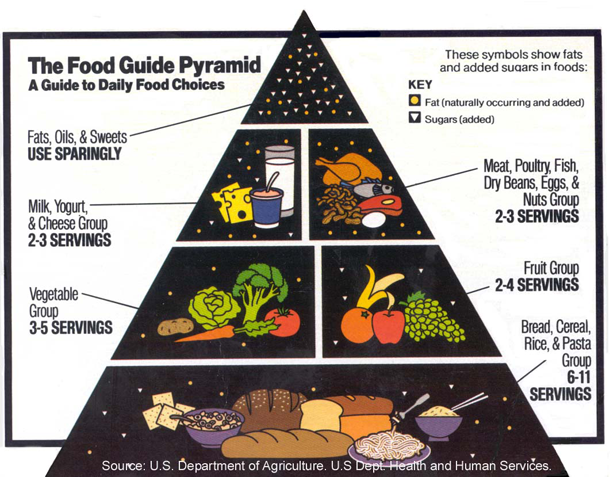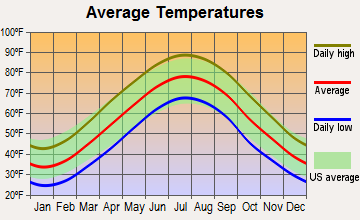Washington D.C. is located outside of the Applachia and Ozarks regions, however some of the Appalachia region does spread into the surrounding states of Maryland, Virginia and West Virginia.
As for the city itself, Washington D.C. is rather flat. The highest point in the city is only 420 ft. above sea level. Within the city there are a few natural areas which have remained undeveloped, the largest of which is Rock Creek Park.
 |
| Source: http://www.nationalparks.org/images/PlanYourParkTripimgs/parkgraphics/ROCR.jpg |
Rock Creek Park is a 1,754 acre natural area which is located within the D.C. city limits. The park was established in 1890 and is under the care of the National Parks Service. It is used by city dwellers for various recreational activities including jogging and cycling.
 |
| Source: http://www.cityprofile.com/forum/attachments/district-columbia/8042-washington-anacostia_park2.jpg |
Anacostia park is another large natural area located in the D.C. area. The park covers approximately 1,200 acres and is also under the care of the National Parks Service. Some of the activities the park is used for include boating, baseball, jogging and picnicking.
Unlike the Appalachia region, Washington D.C. does not suffer from the extreme levels of poverty found in some Appalachian areas. The median household income in 2009 was $58,906, which is about $8,000 above the national average.
Source: http://quickfacts.census.gov/qfd/states/11000.html







